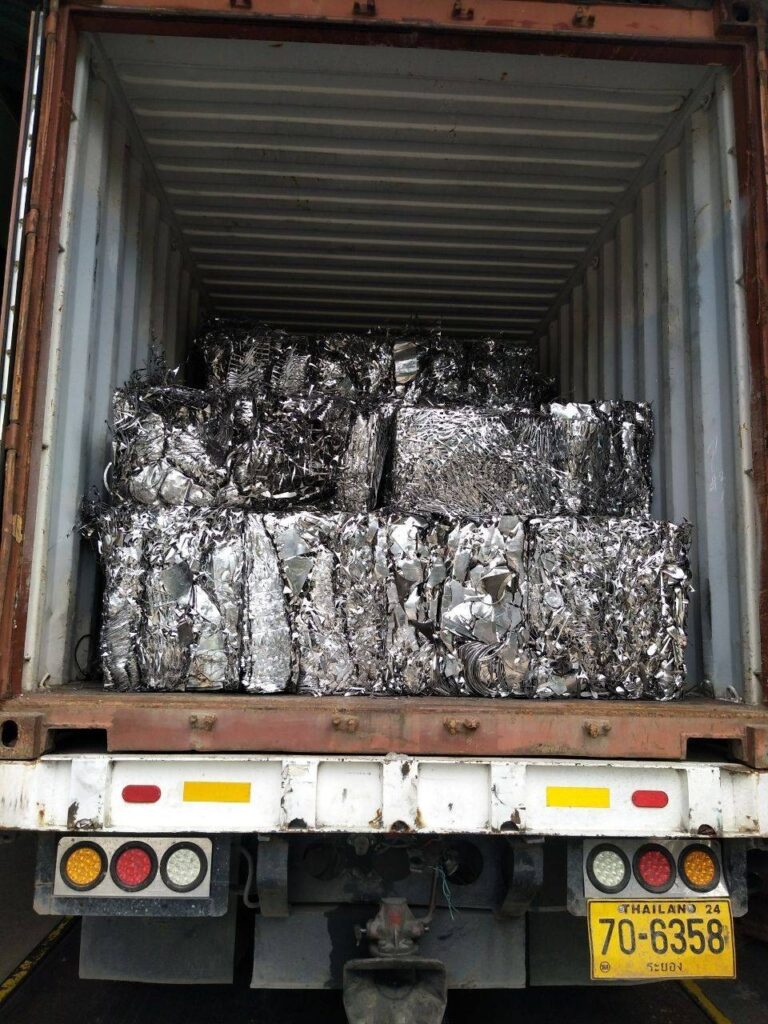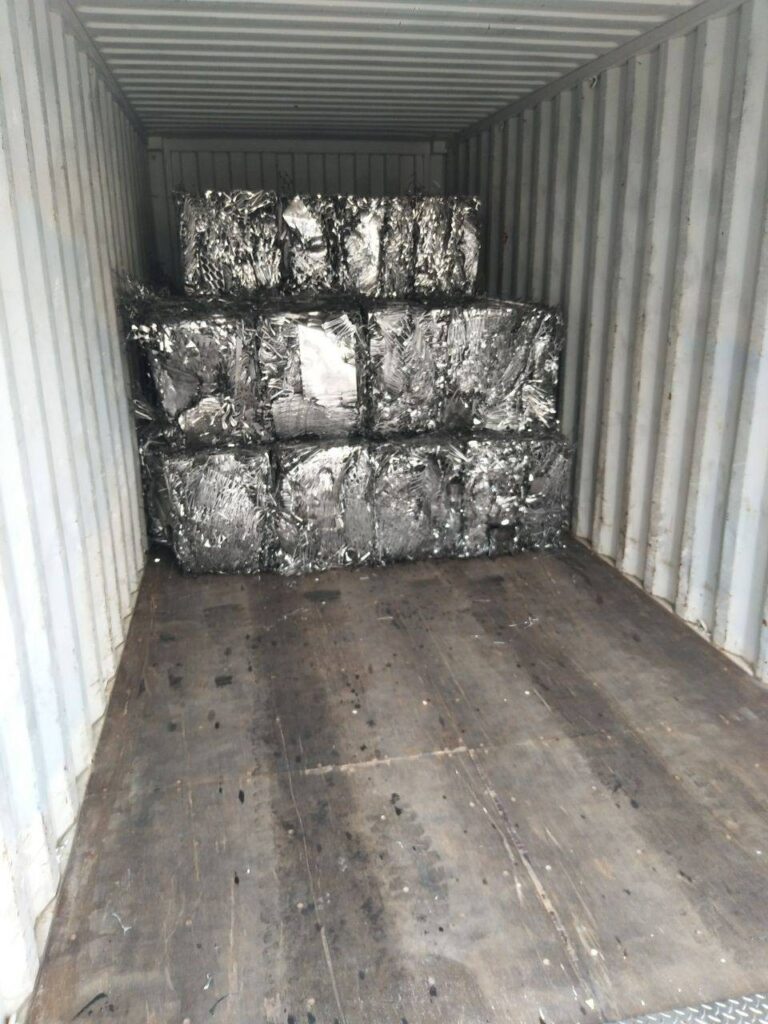Non-ferrous metals aren’t metallic because they don’t contain significant amounts of iron. Aluminum, lead, copper, tin, zinc and brass (an alloy of copper and zinc) are all non-ferrous. Precious metals like gold and silver fall into this category, too. The two types of metal differ when it comes to prices.

Non-ferrous metals include aluminum, brass, copper, nickel, tin, lead, and zinc, as well as precious metals like gold and silver. While non-ferrous metals can provide strength, they are primarily used where their differences from ferrous metals can provide an advantage.
For instance, non-ferrous metals are much more malleable than ferrous metals. Non-ferrous metals are also much lighter, making them well-suited for use where strength is needed, but weight is a factor, such as in the aircraft or canning industries. Because they contain no iron, non-ferrous metals have a higher resistance to rust and corrosion, which is why you’ll find these materials in use for gutters, water pipes, roofing, and road signs. Finally, they are also non-magnetic, which makes them perfect for use in small electronics and as electrical wiring.
As far as recycling goes, aluminum is the third most recycled material in the world. However, many other non-ferrous materials like copper, brass and lead are relatively scarce, and metallurgists rely heavily on scrap material recycling to make new ones.

